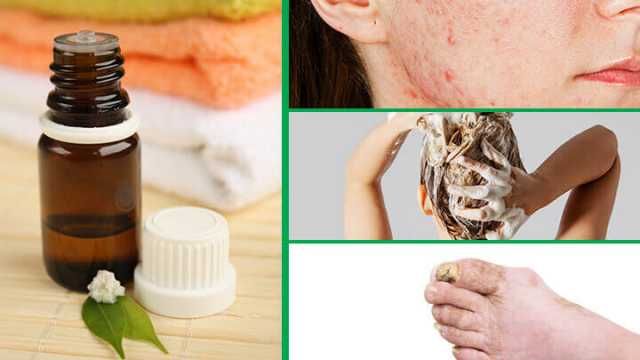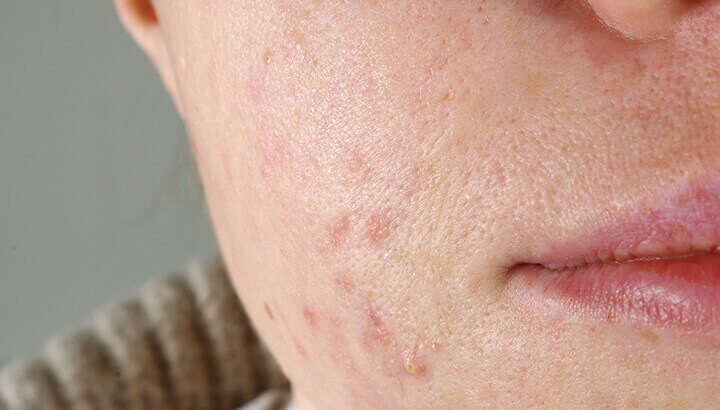
Tea tree oil has long occupied pride of place in our medicine cabinet. Australia, where the tea tree (Melaleuca alternifolia) calls home, has for at least a century recognized the amazing benefits that tea tree oil provides. But it wasn’t until recently that the rest of the Western world caught onto the craze. We jumped on the tea tree oil bandwagon as soon as we learned of its healing prowess, and we’ve never looked back.
Type in “tea tree oil” or “melaleuca oil” into any scholarly search engine and you’ll be bombarded with study after study. With thousands of scientific studies investigating (and in most cases, proving) the top-notch health benefits that tea tree oil can provide, it’s fair to say that placing a bottle of tea tree in your own medicine cabinet would be a very smart move indeed.
What is tea tree oil?
Tea tree oil, otherwise known as melaleuca oil, is one of many essential oils. Essential oils are the concentrated essence of any given plant or its constituents, be that leaves, bark, stem or fruit. The oils are extracted from the plant by either applying extreme pressure to squeeze out all that healthy goodness, or through the process of steam distillation. This is the method by which tea tree oil is created, and it’s the leaves of this wonderful tree that provide the basis of tea tree oil.
Here are five benefits of tea tree oil, along with easy pointers on how to use it.
Tea tree oil for treating acne
Tea tree oil is perhaps most popular for it’s anti-acne abilities. A study published in the Medical Journal of Australia sought to determine whether there was any substance to the claims that tea tree oil is an effective treatment for acne. As part of the study, 124 patients were split into two groups, with one group given a standard five percent benzoyl peroxide lotion as a typical form of treatment, and the other given five percent tea tree oil gel. The results showed that tea tree oil was just as effective as the benzoyl lotion at reducing the number of inflamed and noninflamed lesions (a.k.a. acne) — and without all the nasty side effects.
How to use tea tree oil for acne

If you have some raw, runny honey around the home, you can make a soothing anti-acne tea tree cleanser. Mix together 1 tablespoon of honey with 2 drops of pure tea tree essential oil. Work the solution deep into your face, leave for 30 seconds, then rinse off with warm water. Because tea tree is so strong, it’s best to only do this once a day.
Tea tree oil for general skin health
Tea tree oil is a strong anti-inflammatory agent, meaning it can help to soothe and treat many ailments of the skin. Melaleuca oil is perhaps most known for its ability to reduce the severity of eczema.
How to use tea tree oil for eczema
Mix together 1 tablespoon of coconut oil with 5 drops of tea tree oil, and an optional 2 drops of lavender essential oil. Rub this DIY lotion on any part of your skin that’s suffering from eczema, leave on for up to 10 minutes, then rinse off. Apply once daily.
Tea tree oil for healthy hair

Tea tree oil, when added to DIY shampoo or in a pre-formulated tea tree oil shampoo, can provide a wide range of benefits for your hair. For starters, tea tree shampoo can effectively treat stubborn dandruff. A study published in the Journal of the American Academy of Dermatology showed that a five percent tea tree oil shampoo promoted 41 percent improvement in dandruff severity in 126 patients, along with lowered itchiness and greasiness. As the study highlighted, tea tree shampoo can provide an excellent clean for your hair and scalp, helping to remove flaking skin and cleaning the hair follicles.
How to use tea tree oil for hair
Making a DIY tea tree oil shampoo is very person-dependent, as different people like differing levels of foaming, viscosity and smell. I find that mixing 3 to 5 drops of tea tree oil with around 2 tablespoons of fractionated coconut oil works just fine. Others report that mixing tea tree oil with aloe vera gel also works well.
Tea tree oil for fungal infections
Tea tree oil has strong antifungal and antimicrobial properties. A 2002 study published in the Journal of Antimicrobial Chemotherapy found that “tea tree oil has both inhibitory and fungicidal activity.” Another study noted that tea tree oil “exhibits broad-spectrum antimicrobial activity.” It’s thought that much of the antifungal and antimicrobial properties are due to tea tree oil’s ability to directly disrupt and penetrate the cell wall and membrane of invading pathogens. Whatever the reason, it’s powerful stuff!
How to use tea tree oil for fungal infections
No need to muck around here — if you’ve got problems with toenail fungus, you can put tea tree essential oil directly on the area in question, twice a day. For infections or fungal issues in more sensitive spots, consider diluting the tea tree with some coconut oil or olive oil before applying to the area.
Tea tree oil for your teeth

If you’re suffering from poor oral health or perhaps have been informed by your partner that your breath is a little on the stinky side, tea tree may have the answer. Those same antimicrobials and anti-inflammatory properties of tea tree oil that we discussed earlier make it an excellent choice for oral hygiene, helping to wipe out bad bacteria and put bad breath in its place.
How to use tea tree oil for teeth
To make a basic DIY toothpaste, mix together 2 tablespoons of coconut oil, 3 drops tea tree oil and a sprinkling of baking soda. Simply dip your toothbrush in the mix rather than slathering on your usual toxic toothpaste.
Remember: tea tree oil is powerful stuff
Tea tree oil is a concentrated concoction of its original form. Be sure not to use tea tree oil too often, and always err on the side of caution when you’re not sure how much to use. People who use tea tree oil too regularly may develop something called contact dermatitis (essentially, dry skin). So remember, a little goes a very long way.

— Liivi Hess

